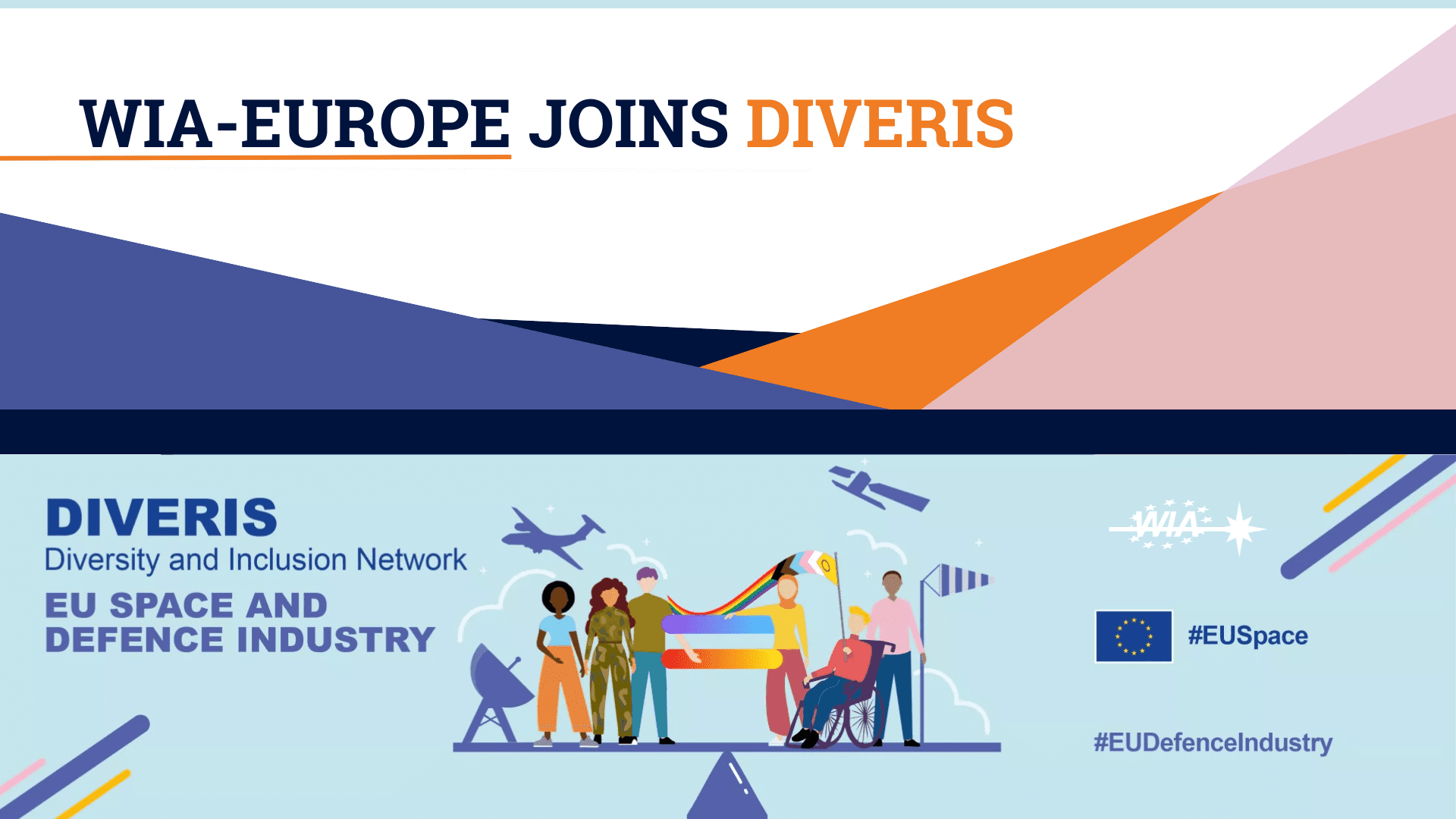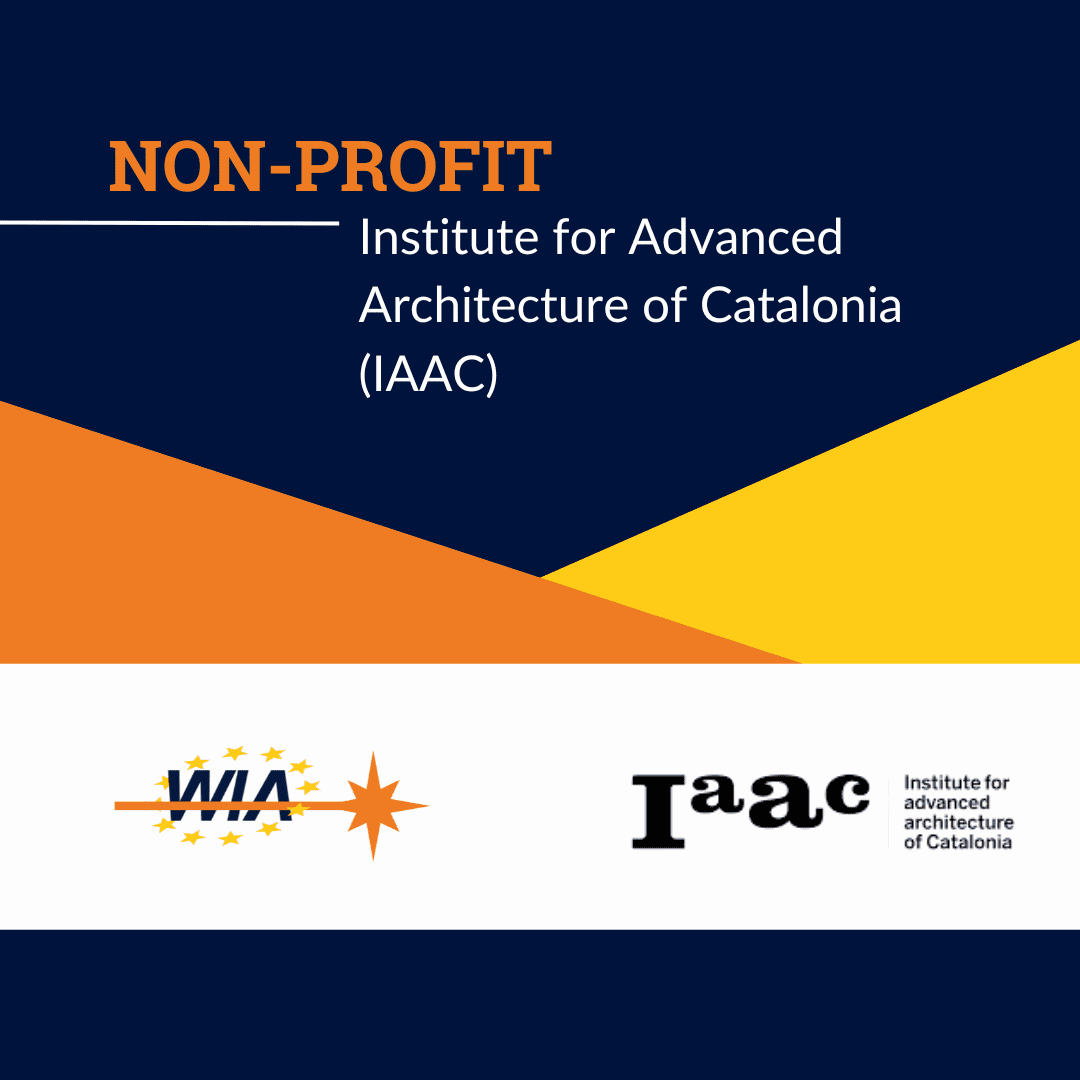NASA’s 2016 International Space Apps Challenge is a global contest to create mobile apps and technologies that aid in space exploration and help improve life here on Earth.
The fifth annual code-a-thon was held April 22-24 at 161 locations worldwide. More than 15,000 participants took on the challenge of designing solutions for the 25 challenges in NASA’s six mission-related categories: Aeronautics, Earth, International Space Station, Journey to Mars, Solar System and Beyond, and Space Technology. Six “best in class” winners were selected from the more than 1,200 entries.
WIA-E Rome was approached by the American Embassy, co-organiser of the Rome event together with ESA and ASI, to support in encouraging more women to attend the hackathon.
The Live Ice Velocity Estimation (L.I.V.E.) Glacier Project, created at the event in Rome, Italy, is a web tool that provides near real-time visualizations of glacier surfaces, an indicator of climate change. In conjunction with the Glancy image sharing app, L.I.V.E. can be used to collect crowd-sourced glacier photos to support scientific analysis and awareness of environmental impact. L.I.V.E addresses the Earth Live challenge to develop a web tool or app that uses NASA and/or ESA (European Space Agency) satellite imagery and climate data to illustrate impacts of our changing Earth.
The winning team from Rome included WIA-E members Martina Di Rita and Roberta Ravanelli, PhD students in Geodesy and Geomatics at Sapienza University, Fabiana Milza, Astronautical Engineering student at Sapienza University and Paola Belingheri, PhD student at LUISS Guido Carli. The other three members are Marco Di Tullio, student of Environmental Engineering at Sapienza, Andrea Nascetti, post-doc researcher in geodesy and geomatics at Sapienza University and Gabriele Mamoli, professional web designer and entrepreneur.
Following their victory at the local event, the L.I.V.E Glacier project was evaluated by NASA and was selected as global winner in the “Galactic Impact” category.
The team will head to the Kennedy Space Center in Autumn to present their idea to NASA.


